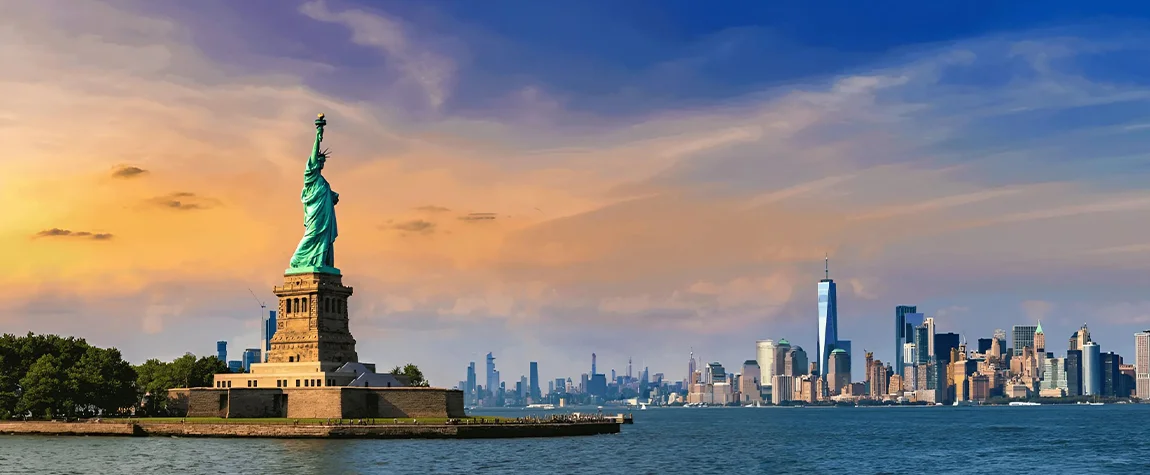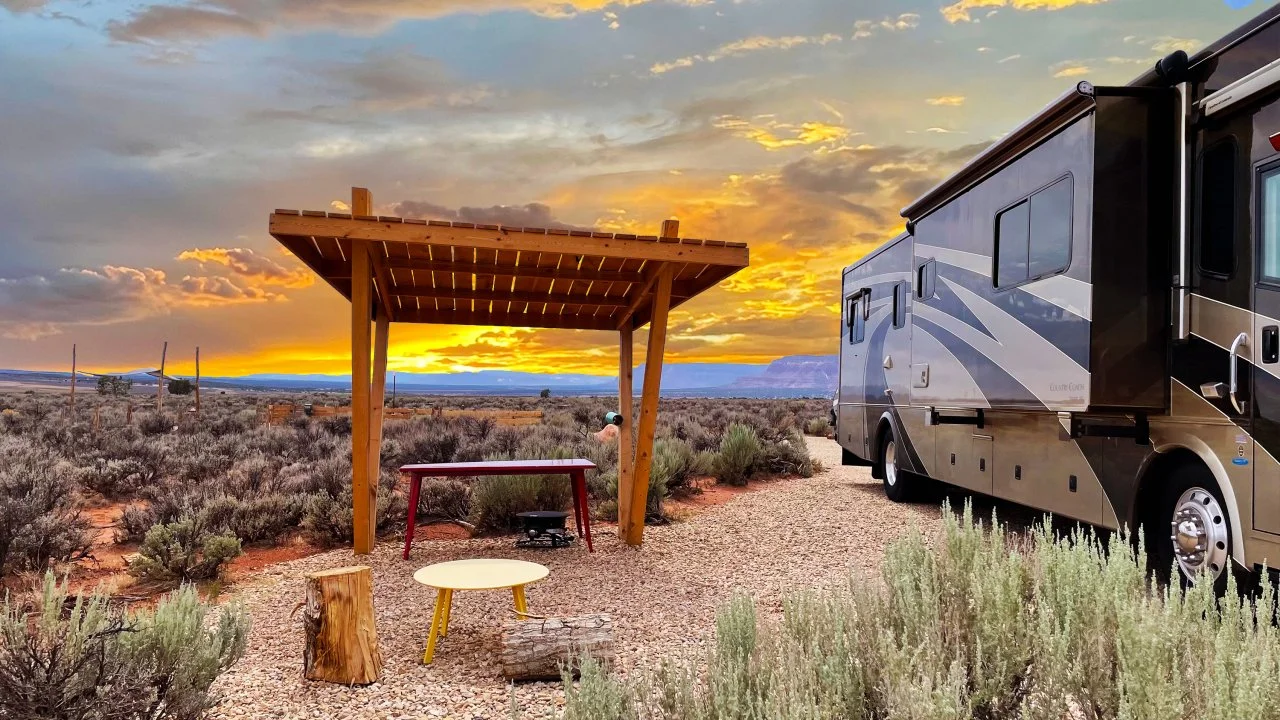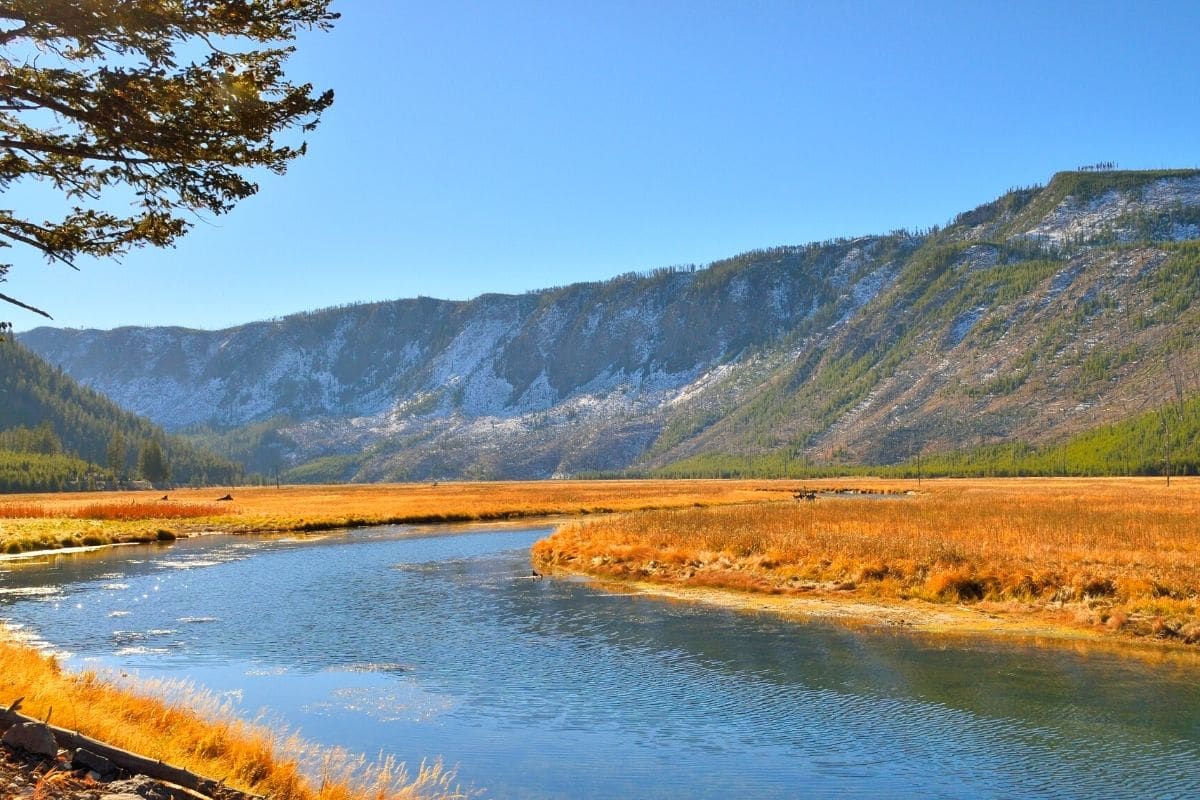Yellowstone National Park is one of the most iconic wilderness destinations in the United States. Stretching across Wyoming, Montana, and Idaho, it’s home to a vast array of wildlife — from grizzly bears and wolves to herds of bison and elk that roam its valleys. For many visitors, seeing these animals in their natural habitat is the highlight of the trip.
However, wildlife viewing in Yellowstone isn’t the same year-round. The park’s diverse seasons bring different animals, behaviors, and challenges. Knowing the best time to visit Yellowstone for wildlife watching can make the difference between catching a rare sighting and missing it entirely.
This detailed guide will help you plan your trip, understand seasonal patterns, and choose the ideal months to spot Yellowstone’s most remarkable animals.
1. Understanding Yellowstone’s Seasons
Yellowstone experiences dramatic changes throughout the year, which greatly affect wildlife behavior and visibility.
| Season | Months | Wildlife Highlights | Weather Conditions |
|---|---|---|---|
| Spring | April–June | Bears emerge, baby animals born, elk and bison calves | Cool, variable; snow melting |
| Summer | July–August | Abundant wildlife, bird activity, high visibility | Warm days, crowded |
| Fall | September–October | Elk rutting season, bears active before hibernation | Crisp air, colorful foliage |
| Winter | November–March | Wolves hunting, bison in snow, fewer crowds | Cold, limited access |
Each season offers unique opportunities, but the type of wildlife you want to see should guide your travel timing.
2. Spring: The Season of Renewal and New Life
Best for: Seeing newborn animals and active bears
From April to June, Yellowstone awakens after winter. Snow begins to melt, meadows turn green, and rivers swell with runoff. This is when you can witness some of the park’s most heartwarming scenes — baby bison wobbling beside their mothers, elk calves exploring open fields, and black bears emerging from their dens with cubs.
Top locations in spring:
- Lamar Valley: Early morning drives often reveal grizzlies and wolves.
- Hayden Valley: Prime spot for watching bison herds and bird species returning.
- Tower-Roosevelt area: Great for black bears feeding on emerging vegetation.
Spring is also less crowded and ideal for photographers seeking lush landscapes and animal interactions in soft morning light.
3. Summer: Abundant Wildlife, but Expect Crowds
Best for: Family trips and diverse wildlife sightings
During July and August, nearly every corner of Yellowstone bursts with activity. Bison graze across the valleys, elk gather near rivers, and bald eagles soar overhead. Wolves and bears are harder to spot during this time because they retreat to cooler, higher elevations.
Tips for summer wildlife watching:
- Visit early morning or late evening for the best chances of seeing active animals.
- Bring binoculars or a spotting scope — animals often stay far from roads.
- Be patient; popular viewpoints can be busy during daylight hours.
Despite the crowds, summer offers accessibility to most park roads and trails, making it an excellent time for families and first-time visitors.
4. Fall: The Best Season for Dramatic Animal Behavior
Best for: Elk rutting and bear activity before hibernation
Fall (September through October) is arguably the best time for serious wildlife watchers. The elk mating season, known as the rut, fills the valleys with the haunting bugle calls of bulls competing for mates. You might also spot bears foraging heavily on berries and fish in preparation for winter.
Why fall is special:
- Cooler temperatures and fewer visitors make for a more peaceful experience.
- Wolves become more visible in open meadows as vegetation thins.
- Migratory birds begin their southward journeys.
Photographers love the fall colors that paint Yellowstone’s forests and meadows, creating stunning backdrops for wildlife portraits.
5. Winter: Quiet Beauty and Wolf Watching
Best for: Wolf enthusiasts and solitude seekers
From November through March, Yellowstone transforms into a snow-covered wilderness. Though many roads close to regular traffic, the northern range (especially Lamar Valley and Gardiner area) remains accessible and becomes one of the best places in North America to observe wolves.
Winter wildlife highlights:
- Wolves hunting elk in snowy valleys
- Bison pushing through deep snow using their massive heads
- Foxes and coyotes diving for rodents beneath the snow
- Bald eagles perched along icy rivers
Guided snow coach tours or cross-country ski trips offer safe, eco-friendly ways to explore the park in winter’s serene stillness.
6. Time of Day Matters
Regardless of the season, wildlife activity peaks during early morning and late evening hours. Many animals rest during the heat of midday or stay hidden to avoid human presence.
Best times for observation:
- Sunrise: Bears, wolves, and elk are most active.
- Dusk: Bison and deer graze in open meadows.
- Night: Coyotes and owls can be heard even if not seen.
Patience is essential — some of the most spectacular sightings happen when you least expect them.
7. Where to Go for the Best Wildlife Encounters
Yellowstone covers nearly 3,500 square miles, but certain areas consistently deliver excellent wildlife sightings.
Top wildlife hotspots:
- Lamar Valley: Known as “America’s Serengeti” for its rich animal diversity.
- Hayden Valley: Ideal for spotting bison, elk, and sometimes wolves.
- Gibbon Meadows: Great for birdwatchers.
- Mammoth Hot Springs area: Elk frequently graze near the terraces.
- Yellowstone Lake: Excellent for seeing waterfowl and otters.
Always observe wildlife from a safe distance and use pullouts instead of stopping on roads.
8. Essential Gear for Wildlife Watching
To maximize your experience, bring the right tools and clothing for variable weather conditions.
Suggested gear checklist:
- Binoculars or spotting scope
- Camera with telephoto lens
- Layered clothing for changing temperatures
- Sturdy hiking boots
- Field guide for identifying species
- Reusable water bottle and snacks
- Insect repellent and sunscreen
Mobile tools like mapping and weather apps are invaluable for navigating remote areas and tracking sightings. Many travelers find inspiration in guides like the Best Travel Apps for Exploring the USA to plan efficient routes and stay connected in national parks.
9. Responsible Wildlife Viewing
Respecting wildlife ensures their safety — and yours.
Follow these rules:
- Keep at least 100 yards from bears and wolves, and 25 yards from all other animals.
- Never feed wildlife, even unintentionally by leaving food unsecured.
- Use binoculars rather than approaching animals.
- Be quiet and patient — sudden movements or loud noises can stress wildlife.
- Dispose of trash properly to protect natural habitats.
Practicing ethical wildlife viewing contributes to conservation efforts and ensures future visitors can enjoy the same experiences.
10. Planning Tips for Your Visit
- Book lodging early: Yellowstone accommodations fill months ahead.
- Enter the park early: Lines at gates can be long during peak months.
- Check road conditions daily: Some routes close due to weather or animal activity.
- Join a guided tour: Ranger-led programs offer insights and increase your chances of spotting rare species.
Frequently Asked Questions (FAQs)
1. What is the single best month for wildlife watching in Yellowstone?
May and September are often considered ideal — fewer crowds, active wildlife, and mild temperatures.
2. Can I see bears and wolves in summer?
Yes, though they are more elusive. Visit early mornings in Lamar Valley or Hayden Valley for your best chance.
3. Are guided wildlife tours worth it?
Absolutely. Experienced guides know animal habits and help you spot species safely and respectfully.
4. Is winter a good time to visit Yellowstone?
Yes, particularly for wolf watching. The snow makes tracking easier, and the park is peaceful and uncrowded.
5. Do I need special permits for wildlife photography?
Not for personal use, but professional filming may require permits. Always follow park rules on distance and conduct.
Final Thoughts
The best time to visit Yellowstone National Park for wildlife watching depends on what you hope to see — spring for new life, fall for dramatic animal behavior, or winter for wolves and solitude. Every season brings unique beauty and opportunities to connect with nature.
By planning carefully, bringing the right equipment, and respecting wildlife, you can experience Yellowstone’s untamed spirit in a truly unforgettable way. Whether you’re a seasoned photographer, a nature lover, or a first-time visitor, the park offers something extraordinary every day of the year.







